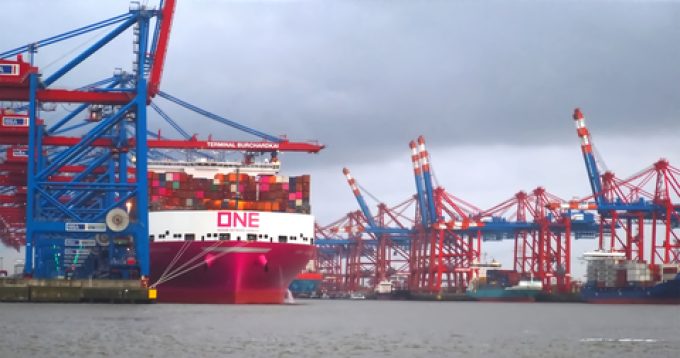MSC to launch new Oceania-US east coast Eagle service next year
Australian and New Zealand exporters to North America are set to get the second direct ...

Supply in container shipping has become “febrile and extreme”, according to analysts at Transport Intelligence (Ti), as the sector lurches between a surge in the requirement for capacity and a large increase in the supply of new vessels.
Stanley Smulders, director of marketing and commercial for ...


Comment on this article